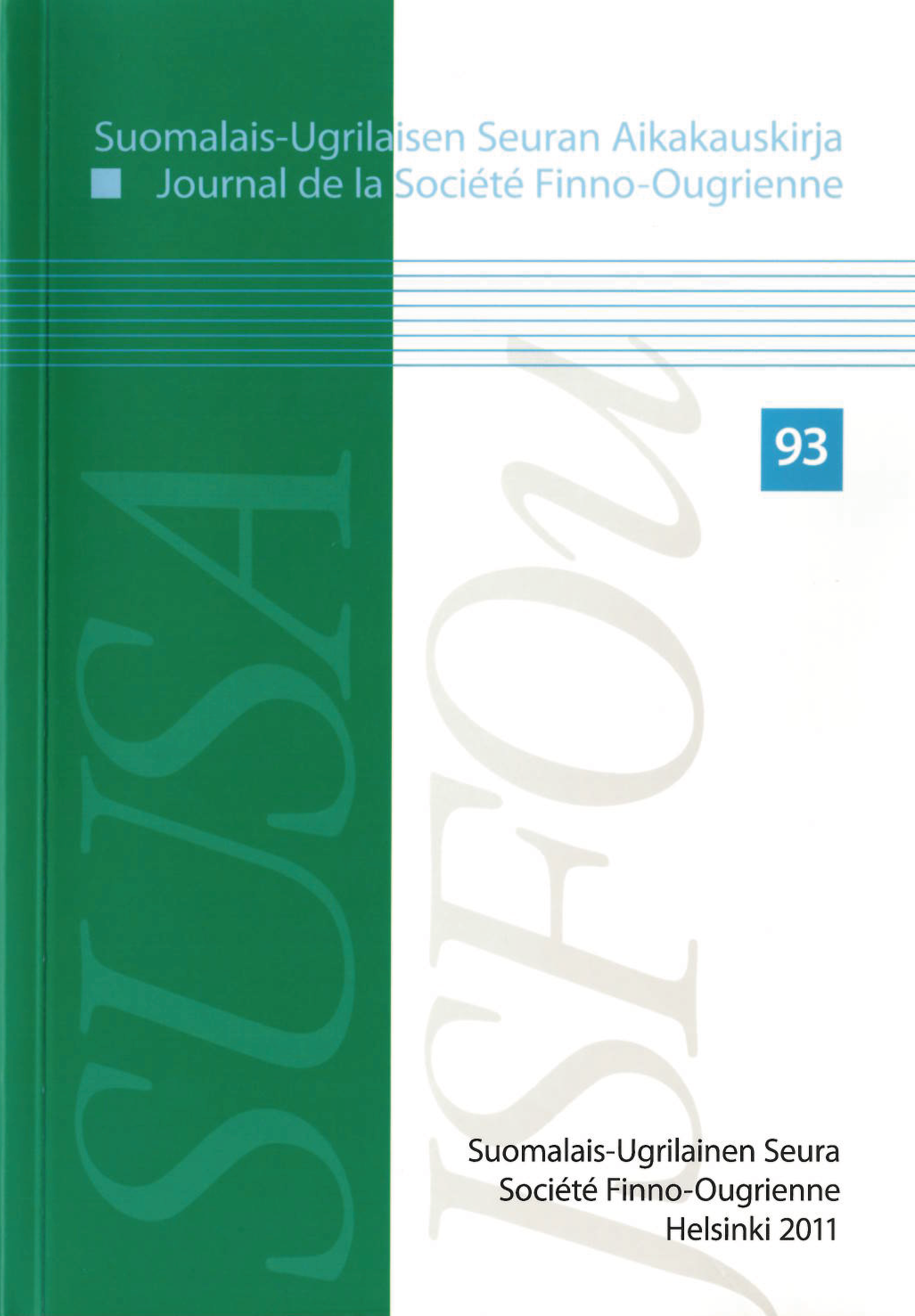Revisiting the Ongi inscription of Mongolia from the Second Turkic Qaγanate on the basis of rubbings by G. J. Ramstedt
DOI:
https://doi.org/10.33340/susa.82435Abstract
Since its discovery in the late 19th century, the Ongi inscription is well known as one of the Old Turkic inscriptions in Mongolia. In the early 20th century, however, the inscribed stele was badly destroyed and only partly conserved, which makes it difficult to research the original text. It is therefore noteworthy that the rubbings and photographs taken by G. J. Ramstedt and S. Pälsi in the excavation of the site in 1909 are still preserved in the collections of the Finno-Ugrian Society in Helsinki. This paper aims to reconstruct the original orientation of the inscription and to analyse philologically the new texts, and to resolve historically the purpose and dating of the stele and by whom it was established, with reference to new materials and the original data of the author's fieldwork.





